As our minds, akin to fluttering butterflies, alight upon the canvases of Vincent van Gogh (1853-1890), portals open into a world painted with vivid and vibrant colors. Images of golden fields under tumultuous skies, penetrating and tormented portraits, and the starry swirls of a night never so blue unfold before our eyes, all bearing witness to a life consumed between the flame of art and the darkness of suffering. Yet, in this journey into the recesses of van Gogh’s soul, we often overlook the subtleties of a less celebrated, but no less significant, love: his passion for human labor, a delicate thread woven with admiration and respect, running parallel to his vision of freedom and nonconformity.
In this ode to laborious hands and the sweat of the earth, I want to take you back in time, specifically between December 1883 and August 1884, on a journey to the village of Nuenen. In this small crossroads of humanity in the Brabant region of the Netherlands, a lesser-known chapter of van Gogh’s life unfolds.
Imagine Nuenen, a village almost suspended in time, where, despite the signs of industrialization in the textile sector, many inhabitants still perpetuated the ancient art of home weaving. It was a practice destined to become an echo of the past, a fragment of history crumbling under the weight of mass production. This reality, almost an island resistant to the tides of progress, captured van Gogh’s soul.
The painter, with the heart of a poet and the eyes of an explorer, saw in the weavers not just subjects for his paintings but symbols of a purity and dignity that resonated deeply within him. These weavers worked in their homes, not always full-time, thus integrating fieldwork during the harsh winter months. There was something in the tranquility, the repetitiveness, and the almost hypnotic rhythm of those movements that attracted van Gogh, almost as if he found refuge in that constant sound and in those hands dancing among the threads.
Compared to other subjects more popular in the painting of the time, the weavers did not enjoy particular attention. Perhaps it was the technical difficulty of representing the large looms and the mechanical complexity of their movements in confined spaces, as van Gogh himself observed in his letters to his brother Theo. Yet, he managed to capture this reality in a unique way, using a variety of techniques: pencil, watercolor, pen and ink, and oil colors, on diverse supports like canvas, parchment, tissue paper, and fabric paper.
These works, perhaps less known but no less significant, reveal another face of Vincent van Gogh, an artist capable of finding poetry and beauty in everyday realities, in the lives of the humble and the forgotten. And in this, as in all his work, we find the reflection of a soul that, despite the storms of its own existence, never ceased to seek the light.

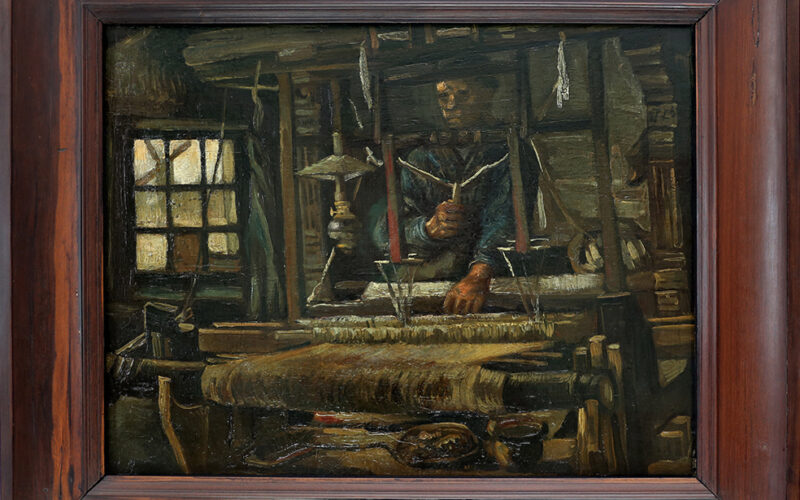
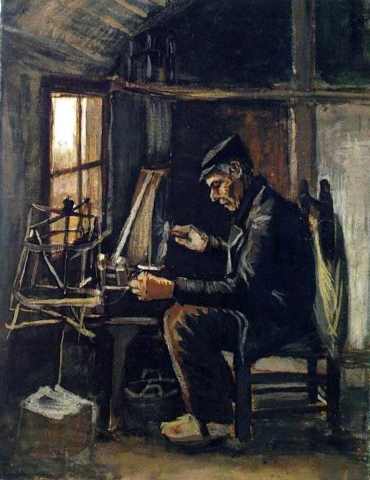
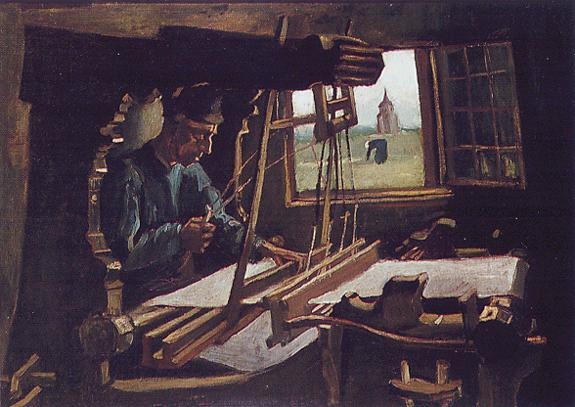
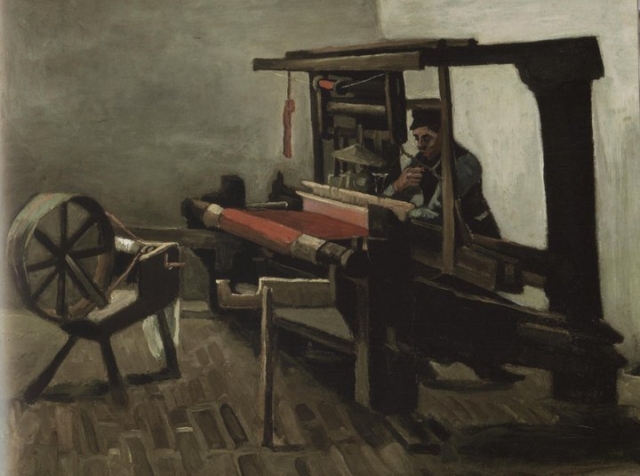
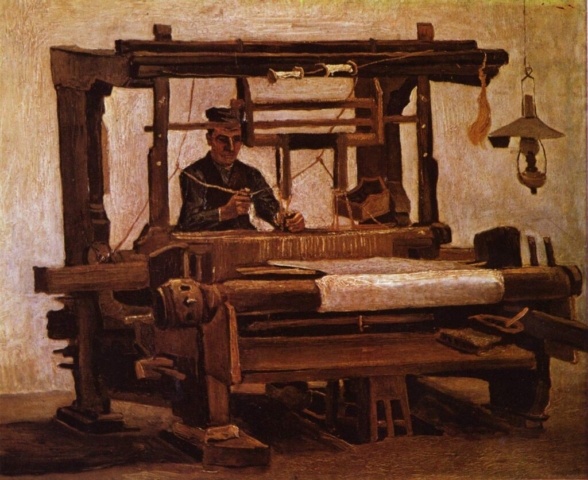
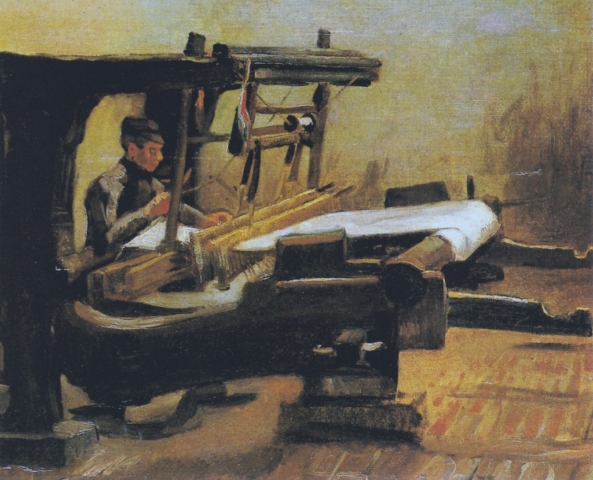
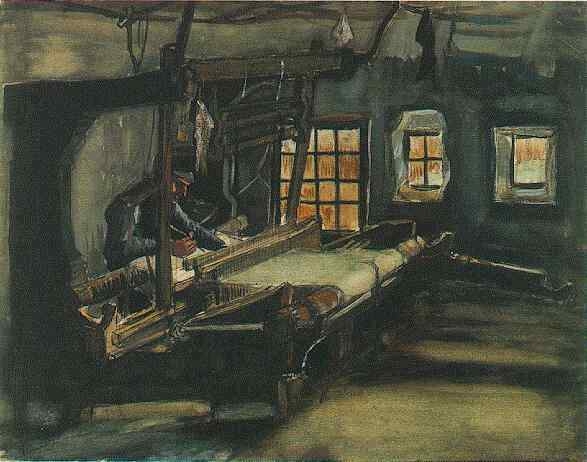
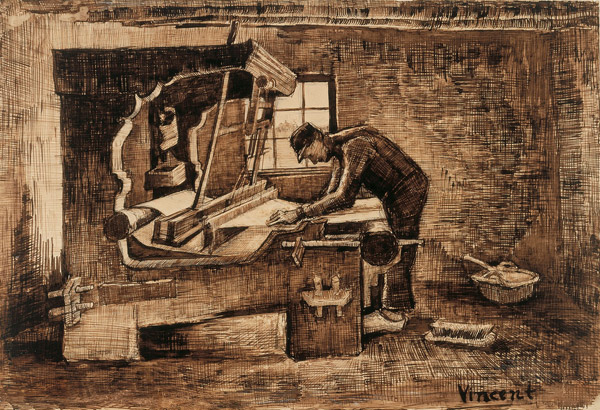
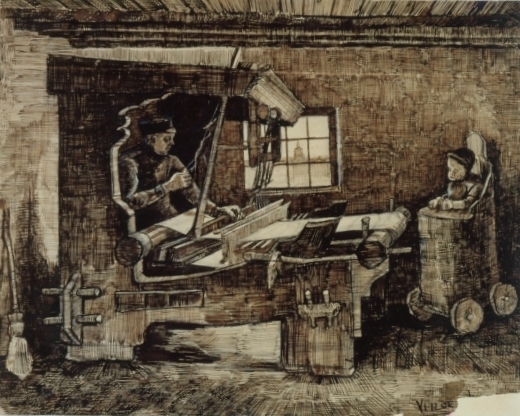
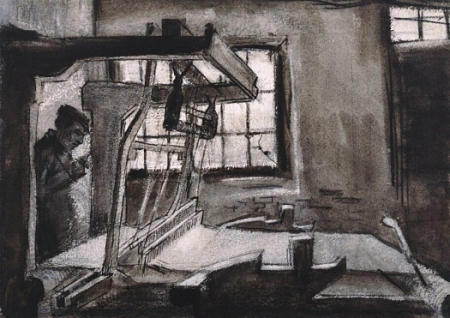
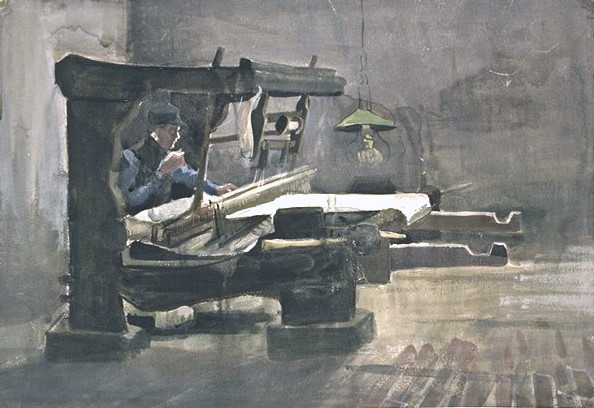
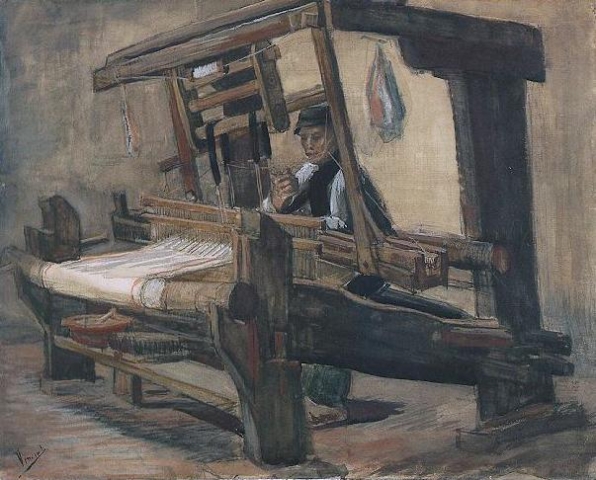
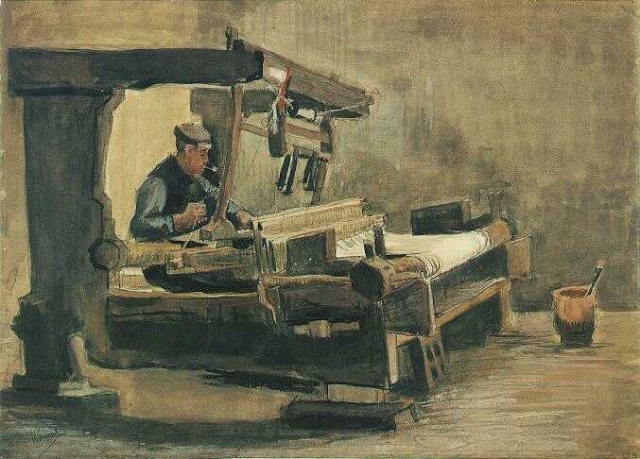
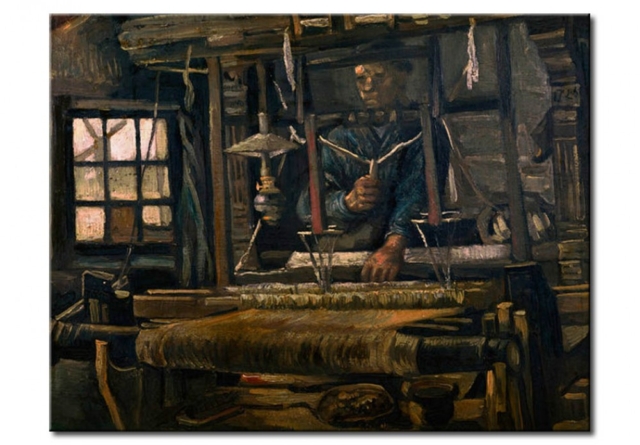






La ringrazio, è molto bello ed interessante ciò che scrive , questa sera ho letto e ammirato con grande piacevolezza i dipinti che ha scelto per raccontare Vincent Van Gogh, accompagnando il tutto con il carteggio con il fratello, Le faccio i miei complimenti.
Danila Rosati
Ringrazio lei 🙂